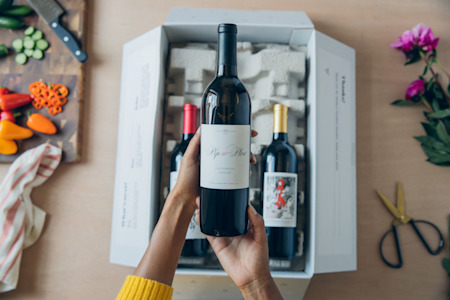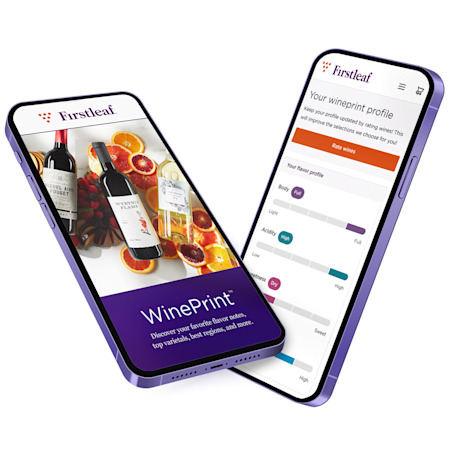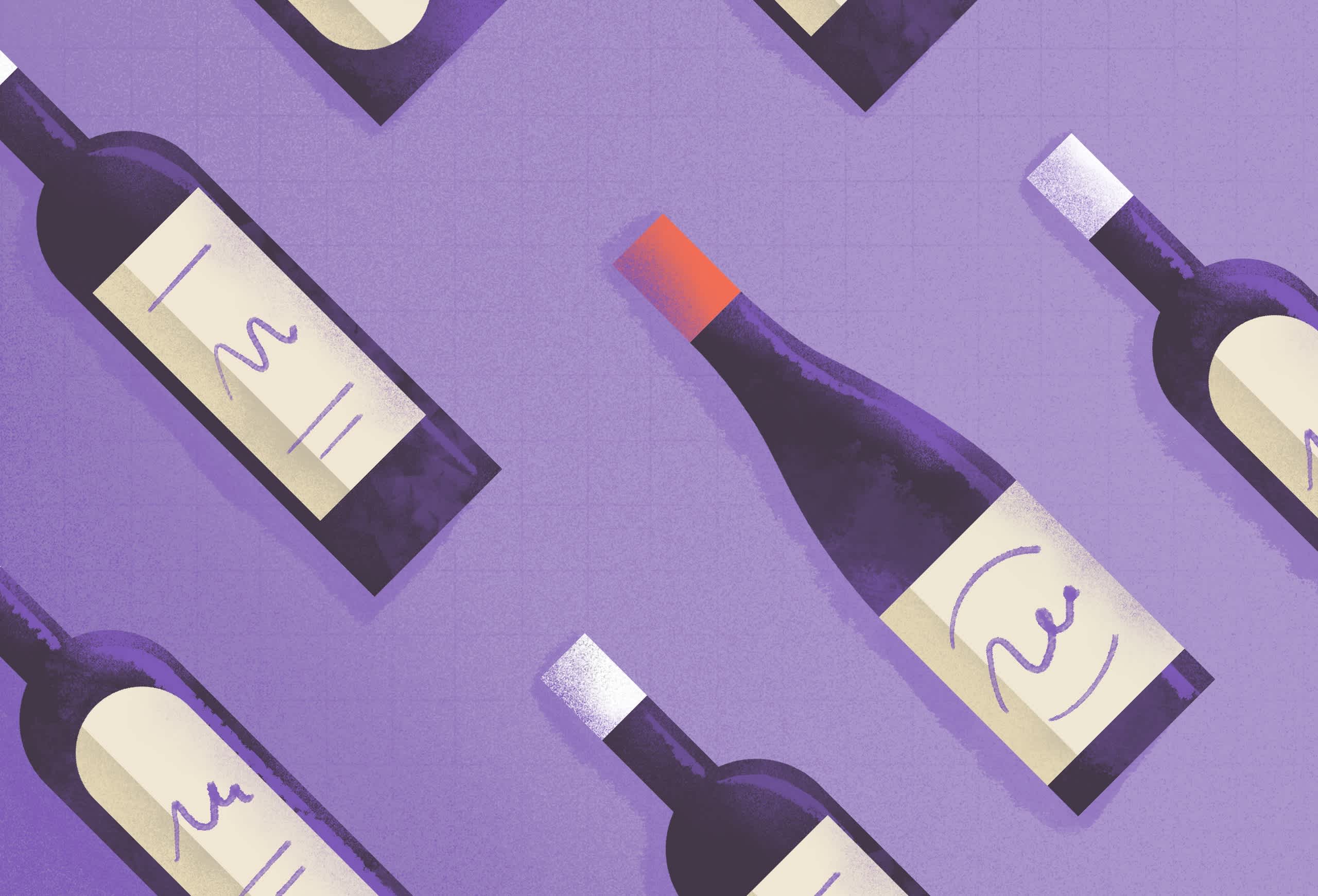How to Read a Wine Label
Learn about how wine is named, as well as some tips and tricks for getting the right bottle for you
Staring at a wall of wine is a typical dilemma for new wine drinkers. How do you know what wine to pick? You like white wine, but do you like Chablis or Chardonnay? Maybe you pick the label with the cute animal on it, or maybe you ask the clerk for a recommendation. Many people in this situation just go by price or a piece of paper that says the wine won points at a competition.
The problem with this particular situation is that Chablis is Chardonnay. It's just that Old World wines (European) are typically described by their location whereas the New World prefers to label a bottle by the type of grape. Often they are made of the same varietals!
Many people in the global wine industry that believe New World wines have a leg up on European wines because we label this way. It makes it easier for a new wine drinker to understand. Learning the difference can keep you from missing out on all types of wine you would love.
Shopping by brand is difficult as well. There are more than 10,000 wineries in the United States alone. Many of these wineries are home to multiple brands. Worldwide there are countless wineries and brands to choose from, so how can you make an informed decision?
Learning how to decipher a label and the difference between a brand, wine region, and grape variety will help you navigate your local wine shop and increase your chances of coming home with a winning bottle.

Take Our Quiz Today
Get award-winning delicious wines from all over the world shipped straight to your door. Take the quiz to get the perfect pairings for your holiday season.
Take The Quiz TodayIN THIS ARTICLE:
New World Wines vs. Old World Wines
Bryant Family, Screaming Eagle, and Silver Oak are all names associated with the Napa Valley in California, and they all work with Cabernet Sauvignon grapes. But not all wines labeled "Cabernet" are necessarily 100% Cabernet. In the United States, a wine must be at least 75% of the grape variety on the label, or else it has be called a "red blend" or even "red wine."
This might sound devious at first, but it's not necessarily intended to be. Winemakers all over the world (and in some of the finest and most expensive wines on earth) blend a few grapes in small proportions to bolster the final wine. Certain grapes can provide tannins or a particular mouthfeel lacking in making a balanced wine, which is by far the most important indicator of quality.
Europe, and especially the French, are driven by place names and not by grape varietal. It comes down to the consumer to know about the region and the blend of grapes. Why would they Old World choose to label their wines this way? It all about the concept of terroir and history.
The practice of winemaking has been taking place in Europe for thousands of years. When compared to the two hundred-odd years in most of the New World, this is a staggering amount of time for regions to figure out the variety of grapes best suited to a certain location. This has given European winemakers time to treat their locations as "brands," and expect consumer to know what they are purchasing.
While it may not be intuitive to the casual wine drinker, you can learn pretty quickly what type of wine you want when looking for a major region.
Here are a few regions available in most wine stores that are tied to a specific grape or blend of grapes.
Chablis is 100% Chardonnay, and is possibly the clearest example of what the grape can produce. The style is crisp, mineral, and unadorned.
Champagne can be made from a few grapes: the obscure Arbane, Chardonnay, Petit Meslier, Pinot Blanc, Pinot Gris, Pinot Meunier, and Pinot Noir. Any other sparkling wine whether it's a Pinot Noir from Oregon or is an Asti Spumante from Italy is not Champagne can be made from from whatever grapes their appellation allows.
Red Bordeaux is maybe France's biggest export to the world, and is possible the most famous region on earth. It is made from primarily Cabernet Sauvignon, Cabernet Franc, Merlot, Petit Verdot, Malbec, and occasionally Carménère.
Burgundy in France (in French it is labeled as Bourgogne) is possibly the second most famous wine region on earth and is 100% Pinot Noir, however, you are much more likely to see the sub-appellation (more specific region) or even the vineyard listed on a label of a nice Burgundy.
Rioja in Spain is largely made from the Tempranillo varietal, but occasionally has different grapes included.
Chianti is in the Tuscany region of Italy, and the wines must contain 75–100% Sangiovese, up to 10% Canaiolo and up to 20% of any other approved red grape variety such as Cabernet Sauvignon, Merlot or Syrah.
Sancerre is an alternate name for Sauvignon Blanc and indicates a style.
Even some wine grapes have multiple names. You can find Zinfandel under the name Primitivo in Italy and Crljenak Kaštelanski and Tribidrag in Croatia.
Producers, Brands, & Importers
If you are searching out new wines it's possible to find a few shortcuts to more wines you'll like. Sometimes you have to look past whatever the biggest name on the bottle is to find the good stuff.
A producer is different than a brand, and usually has a range of products. One you might have heard of is Louis Jadot (a producer from Burgundy and Beaujolais). Jadot wines are in many supermarkets and wine stores and are typically of good quality even at the low end (some are as affordable as $10 or $12), but they also make some incredibly sought after wines that sell for upwards of $600+!
Compare these wines with the big brands. All of the wines they produce are considered table wines, are easy to find and can be perfectly enjoyable. But if you wish to learn about regional styles, choosing a Jadot is an easy choice. When you are learning about wine purchasing different levels of the same grape, even from the same producer can teach you a lot about quality and what makes certain wines special.
The next tip is to look at who is importing or distributing your wine. Any wine from outside of the United States was imported by someone. Look on the back label of a wine bottle to find out who it was imported by and look for more selections from this importer. Importers like Kermit Lynch, Louis/Dressner, and Polaner Selections have a knack for finding great wine and generally have a style to what they select. If you find some wines you like from an importer, trust them in the future.
Going Past The Name, What a Wine Label Can Tell You
The last step to selecting a wine and going past the name is to study the label. Every label will list the alcohol content, the name of the wine, the importer, and the wine region or appellation. This can tell you an incredible amount about the style and where it came from. In some cases, it will tell you what grape varietal is in the wine.
By learning that Europe labels with regions (and not varietals) you can make a more informed decision the next time you are looking at the wall of wine. If you are interested in crisp Chardonnay, just go ahead and grab that bottle of Chablis.
IN THIS ARTICLE

WinePrint™ by Firstleaf
Are you looking to learn more about your wine preferences? Check out our Wine Print for an in-depth look at your personal tasting profile. Discover your favorite wines, varietals, regions, and tasting notes and get personalized recommendations wherever you are.
Learn More